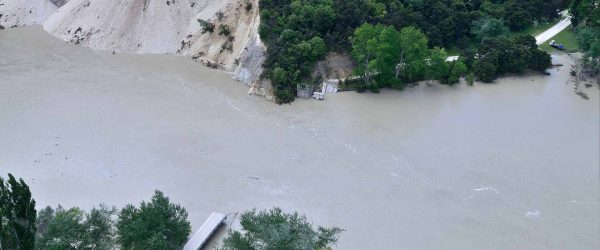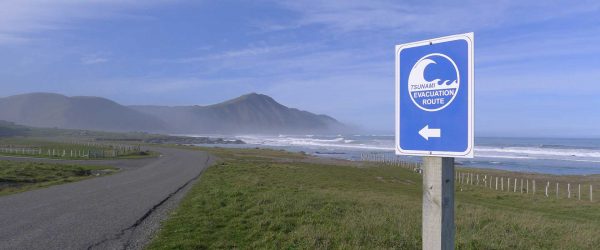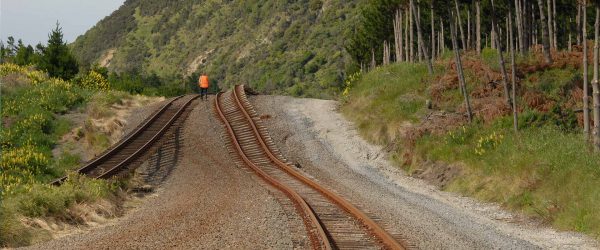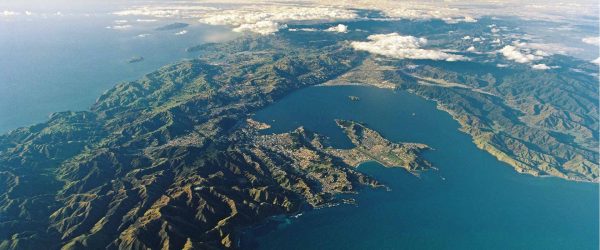Testing Early Warning Systems
Vision
Decision-makers have the information they need to implement national Earthquake Early Warning and Tsunami Early Warning systems suitable for Aotearoa New Zealand’s seismic risks and hazards.
Project description
Before Aotearoa New Zealand adopts Earthquake Early Warning and Tsunami Early Warning systems, we need to review available technologies and test them for suitability in the New Zealand context.
We are assessing and testing a range of tsunami and earthquake early warning technologies against synthetic earthquakes to test their usefulness for Aotearoa New Zealand’s geography, population distribution, and emergency response systems.
Working closely with central government agencies and infrastructure managers, we will:
- quantify the number of catalogued synthetic earthquakes that would be detected by the current generation of warning algorithms prior to damaging shaking and tsunami waves reaching populated areas.
- analyse the usefulness of warning times within the context of emergency management and response infrastructure.
Our goal is to develop recommendations for decision-makers on suitable Earthquake Early Warning and Tsunami Early Warning technologies for Aotearoa New Zealand.
Resource Outputs from this project
Estimating S-Wave intensity for early earthquake warning in New Zealand: Leveraging the first 3 seconds of P-wave intensity
C. Chandrakumar, M.L. Tan, C. Holden, M.Stephens, A.Punchihewa, R. Prasanna 2024 Estimating S-Wave intensity for early earthquake warning in New Zealand: Leveraging the first 3…
Adapting PLUM: Earthquake Early Warning with Node-Level Processing in New Zealand
C.Chandrakumar, M.L. Tan, C. Holden, M.T. Stephens, R. Prasanna 2024 Adapting PLUM: Earthquake Early Warning with Node-Level Processing in New Zealand ISCRAM Proceedings, 21.
Earthquake early warning systems based on low-cost ground motion sensors: A systematic literature review
Low-cost ground motion sensors are becoming a promising solution for constructing an affordable yet reliable and robust earthquake early warning system.
Algorithms for detecting P-waves and earthquake magnitude estimation: Initial literature review findings.
This Work in Progress paper presents the initial findings from an ongoing literature review exploring the algorithms used for P-wave detection and earthquake magnitude estimation.
Performance analysis of P-wave detection algorithms for a community-engaged earthquake early warning system – a case study of the 2022 M5.8 Cook Strait earthquake
Which algorithm is best for detecting P-waves generated by earthquakes and generating earthquake early warnings?
Engaging with End-users Towards an Earthquake Early Warning System for New Zealand.
New Zealand does not currently operate a national earthquake early warning system. What strategy needs to be adopted to get there?
Next Generation Earthquake & Tsunami Hazard and Response
Researchers have used earthquake cycle simulators to overcome many of the challenges posed by limited modern observations of large earthquakes.




